
8 Steps to Streamline Your RFP Process
Introduction The Request for Proposal (RFP) process, often viewed as cumbersome and time-consuming, remains a crucial tool in sourcing goods...

Get 20€ off on your first order!
Every firm needs a regular supply of supplies, resources, and services to run efficiently and produce consistently. Supply ordering should be simplified. Your stakeholders need an effective way to communicate and receive delivery. Purchase requisitions and purchase orders for authorised prices are typical forms of this communication.
Purchasing orders are more than order forms. A well-structured buy order system is essential for establishing, tracking, and managing a successful procurement process.
Purchase orders (POs) are legal contracts between buyers and sellers to buy particular quantity and quality of goods and services. Purchase orders are typical in most businesses, but there’s more to them than filling out a form.
Purchase orders specify transaction price and terms. Purchase orders are binding contracts once accepted. The supplier must deliver the quantity and quality of items specified in the purchase order within a certain timeframe, and the buyer must pay for them upon receipt.
Purchase order conditions protect both parties legally. Maintaining good supplier purchasing compliance is crucial.
Every purchase in a sound procurement process is predictable and traceable. Purchase orders are part of the second procurement process. The deal specifics are authorised and the order is filed at this phase.

/package

/package
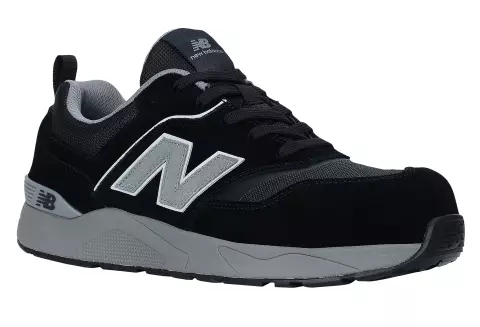
/package

/package
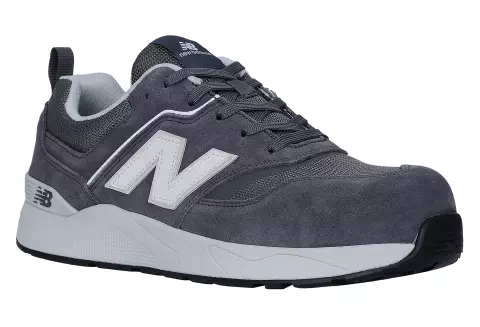
/package
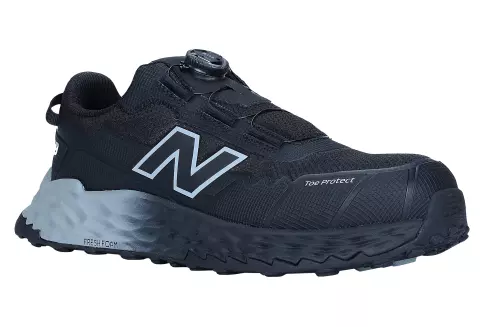
/package

/package
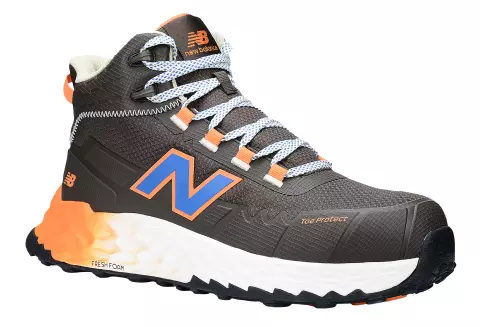
/package
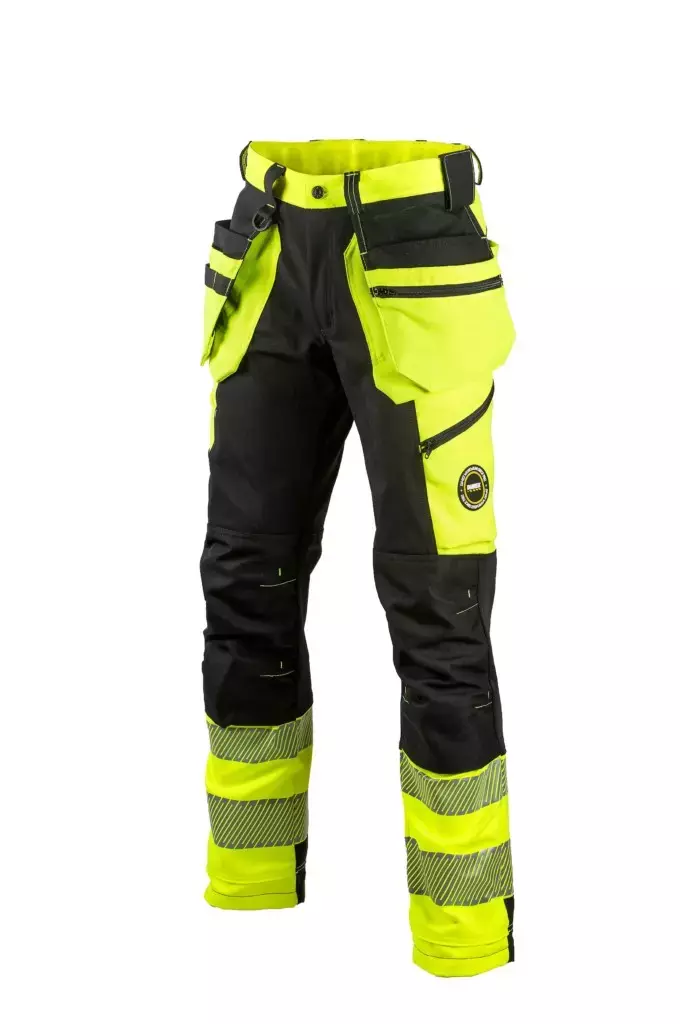
/piece
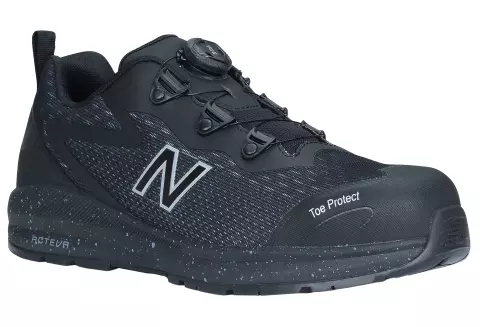
/package
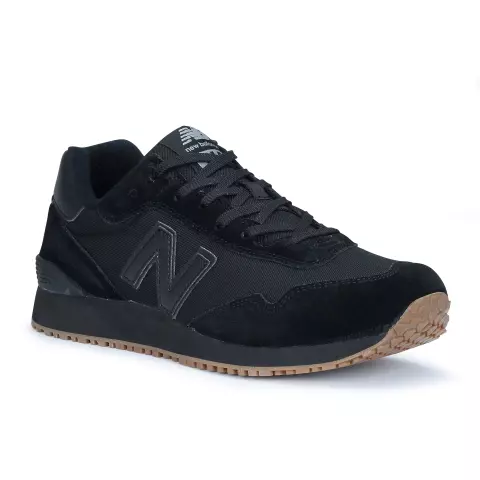
/package

/package

/package
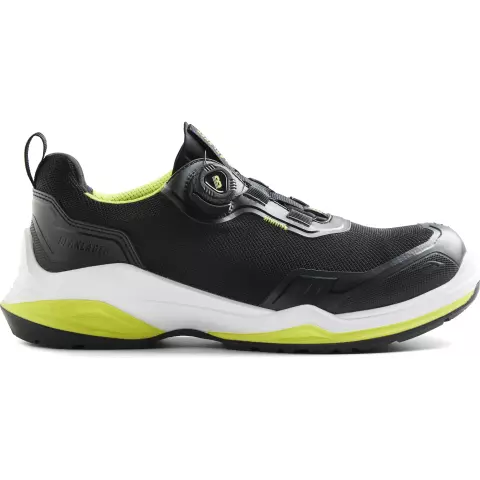
/package

/package
This phase involves these steps:
Ideally, a stakeholder with a need submits a purchase requisition for every transaction. Departmental stakeholders approve the purchase demand (sometimes called an intake form) and authorise fulfilment.
After approval, the buyer writes a purchase order with all the agreed-upon items and terms and the supplier’s required information to finalise sale and delivery.
Electronic purchase orders can be created and delivered. You may automatically log all transaction details and use the data for spending analysis and reporting.
After transmission, the seller will check the purchase order for errors. They will also check their capacity to deliver the right quantity of things on schedule. The vendor will approve and fulfil the PO. Electronic purchase orders may automate fulfilment and delivery.
Order fulfilment and reconciliation should match the purchase order terms and timing. Buyer will receive and approve products after delivery. Buyers should identify any discrepancies between purchase orders and deliveries.
If the vendor cannot resolve an order, the buyer might return it. Accounts payable completes the fulfilment invoice after reconciliation.
Accounts payable will recheck the purchase order. They will verify the invoice, purchase order, and buy requisition. The procedure is three-way matching. Electronic orders can be three-way matched automatically. After this, accounts payable pays the supplier to finish the transaction. The purchase-to-pay process includes this.
Payment to the supplier ends the transaction, but high-performing procurement organisations continue the process. A system stores transaction and supplier data to evaluate suppliers. Compliance deviations are recorded in the system.
Periodic supplier evaluation boosts pricing confidence, eliminates third-party risk, and keeps your purchasing process efficient and competitive. Contract management, supplier onboarding, and offboarding are also part of the review cycle.
Purchase orders and invoices are used to buy supplies. However, they are distinct documents and should be handled separately:
Many people conceive of a purchase order as a single document, however there are various types for different purposes. Every stakeholder should know these four purchase order types:
The standard purchase order is recognisable to most stakeholders. This form describes a one-time purchase of a given quantity and description. The normal purchase order specifies performance time, payment amount, and deadlines. Before transmission, it must contain all transaction details.
Like a conventional purchase order, a planned one specifies quantity, quality, and price. However, a scheduled PO has no fulfilment date. A buyer contemplating a future purchase may prepare a planned purchase order and submit it to AP in advance to receive cash. Accounting calls this security an encumbrance. The encumbrance is lifted and finances are available to complete the purchase.
A blanket purchase order is useful when a business demands a certain item or items on a continuous basis. Using this form of PO helps reduce the repetitious work of writing out orders for the same item every time you need it. It outlines the product and quality without including number or timeframe. Some typical office supplies such as paper, printer ink, and other consumables are managed under blanket purchase orders to allow flexibility with a supplier. Often, POs are made with the understanding that the supplier may not fulfil the entire order. For this reason, agreements sometimes include a maximum purchasing amount.
Contract POs are the least specific. The contract states just that the customer wishes to buy products in the future and will use a certain supplier. A contract purchase order sets future purchasing terms without details. It sets the stage for a future agreement between the parties.
A purchase order template for your PO system will speed up your operations and serve for every transaction. All your purchase orders can be templated using this information:
Thank you! You've signed up for our newsletter.



















Introduction The Request for Proposal (RFP) process, often viewed as cumbersome and time-consuming, remains a crucial tool in sourcing goods...

Introduction: Business Process Outsourcing (BPO) has transformed from a simple cost-saving measure to a strategic asset for companies of all...

Introduction: In business, “procurement” and “purchasing” are commonly used interchangeably, but they are different functions with different goals and processes....

Introduction The Request for Proposal (RFP) process, often viewed as cumbersome and time-consuming, remains a crucial tool in sourcing goods...

Introduction: Business Process Outsourcing (BPO) has transformed from a simple cost-saving measure to a strategic asset for companies of all...

Introduction: In business, “procurement” and “purchasing” are commonly used interchangeably, but they are different functions with different goals and processes....
Get 10€ off on your first order!
Save 30% by buying directly from brands, and get an extra 10€ off orders over €100
Save 30% by buying directly form brands, and get an extra 10€ off orders over €100